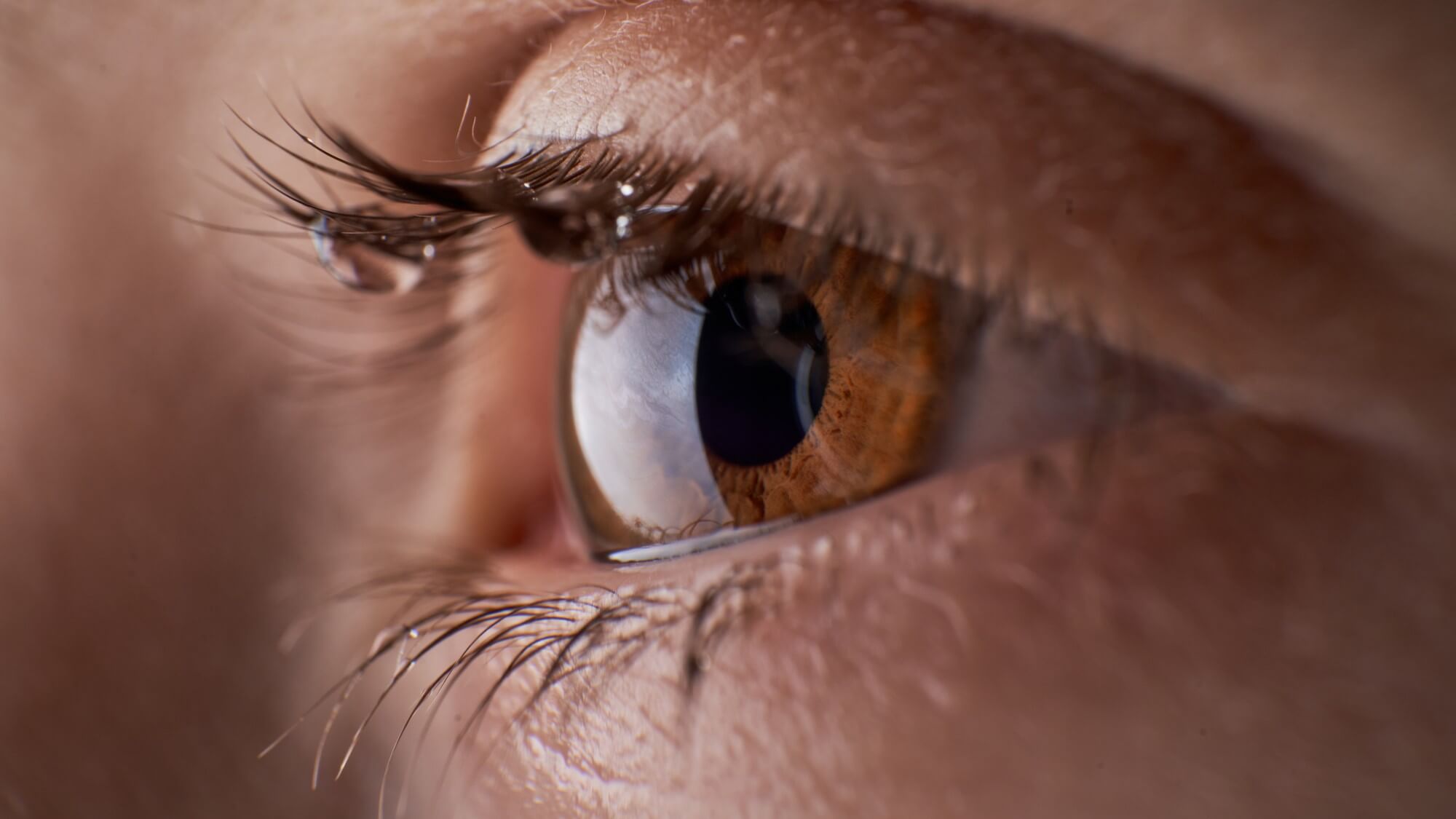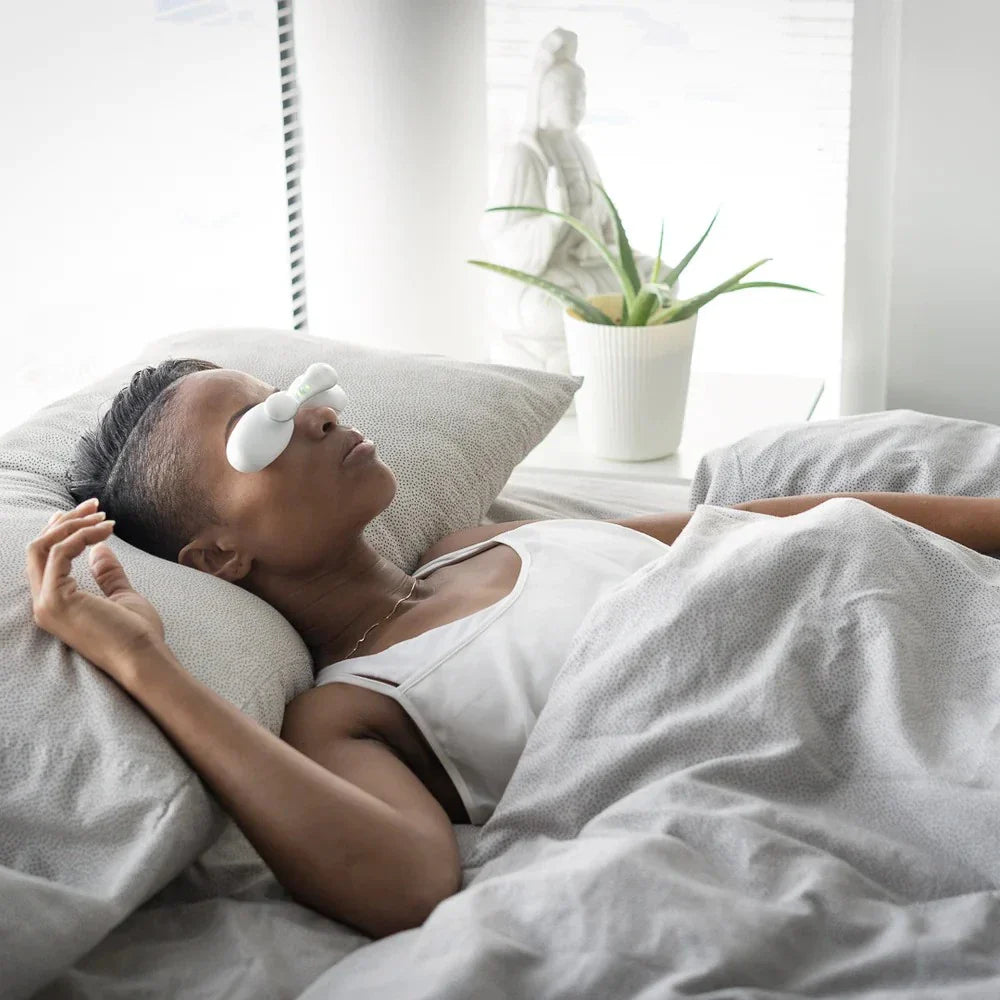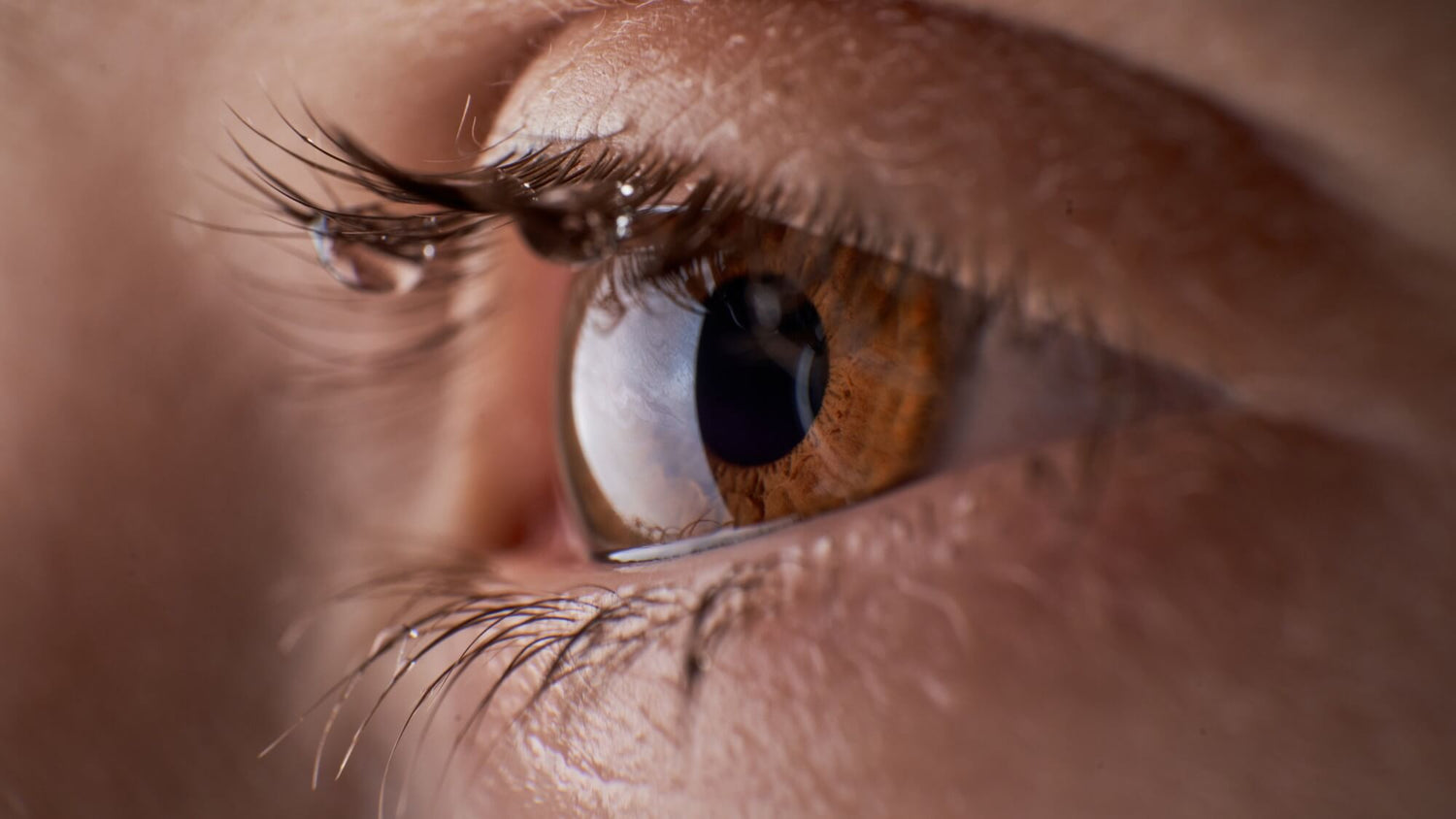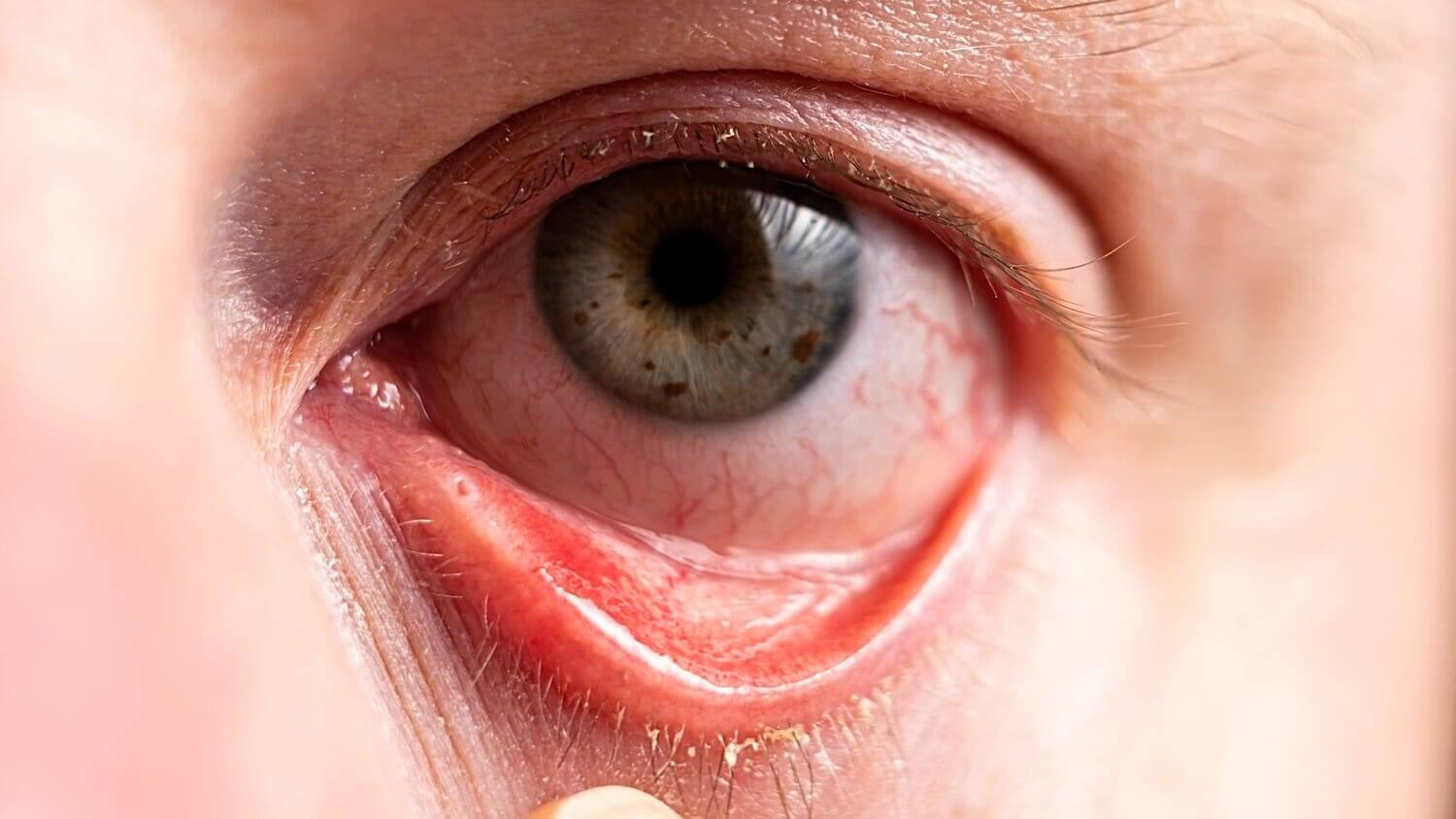Understanding Dry Eye
Dry eye occurs when your eyes do not produce enough tears or when the tears evaporate too quickly. This can result in symptoms such as discomfort, redness, stinging, and burning sensations in the eyes.
Diagnosing Dry Eye
Before starting any treatment, it's crucial to get an accurate diagnosis. If you experience dry eye symptoms, consider scheduling a comprehensive eye exam. Your eye doctor will examine your eyes, including your eyelids and cornea, and evaluate your blink dynamics. Tests such as the tear breakup time (TBUT) test can help determine the stability of your tear film.
At-Home Remedies for Dry Eye
While professional medical advice is critical for managing chronic conditions, there are various at-home remedies you can implement to alleviate dry eye symptoms.
Lubricating Eye Drops
Over-the-counter eye drops, commonly known as artificial tears, can provide temporary relief for dry eye symptoms. These drops mimic the natural tears and help lubricate the eyes. However, ensure to use a brand recommended by your eye doctor for optimal results.
Warm Compresses
Applying a warm compress can help cleanse your eyelids and improve oil flow through your eyelid glands. This can improve the quality of your tears and alleviate dry eyes.
Eyelid Cleaning
Regularly cleaning your eyelids can help control inflammation and unclog oil-producing glands.
Frequent Blinking
When focusing on screens, make an effort to blink frequently. Blinking helps distribute tears evenly across the eye's surface, keeping it moist.
Omega-3 Supplements
Omega-3 fatty acids, found in fish and flax seeds, have been proven to decrease symptoms of dry eyes. They reduce inflammation in the eyes and improve both the quantity and quality of tears.
Humidifier
Using a humidifier can increase the moisture content in the air and help alleviate dry eye symptoms. Place the humidifier in the room where you spend the most time, such as your bedroom or workplace.
Increased Hydration
Drinking adequate water throughout the day can ensure that your eyes produce enough tears to combat dry eyes. Aim for at least eight cups of water a day, especially in hot or dry climates.
Preventing Dry Eyes
Preventing dry eye symptoms before they begin is crucial. Here are a few suggestions:
-
Make lifestyle adjustments, such as following the 20-20-20 rule during prolonged computer use (Every 20 minutes, look up from your screen and focus on an item approximately 20 feet away for at least 20 seconds. Focusing on an item in the distance allows our eye muscles to relax after being subjected to prolonged screen time.), blinking frequently, increasing humidity at home and work, limiting alcohol consumption, and quitting smoking.
-
Stay hydrated and consume a healthy diet, including Omega-3 fatty acids.
-
Use protective sunglasses when going outdoors and use lubricating eye drops if you are taking medication that can increase your risk for dry eyes.
Conclusion
While dry eye syndrome can be a persistent and nagging condition, various at-home remedies can help manage and alleviate symptoms. Moreover, integrating a complete dry eye kit into your regimen, which includes an eyedrop, heat mask, omega 3, lid scrubs, and a humidifier, can further help combat the condition. However, always remember to consult with an eye care professional for an accurate diagnosis and appropriate treatment plan. Ensure your eyes get the relief they need to maintain your overall health and well-being.





